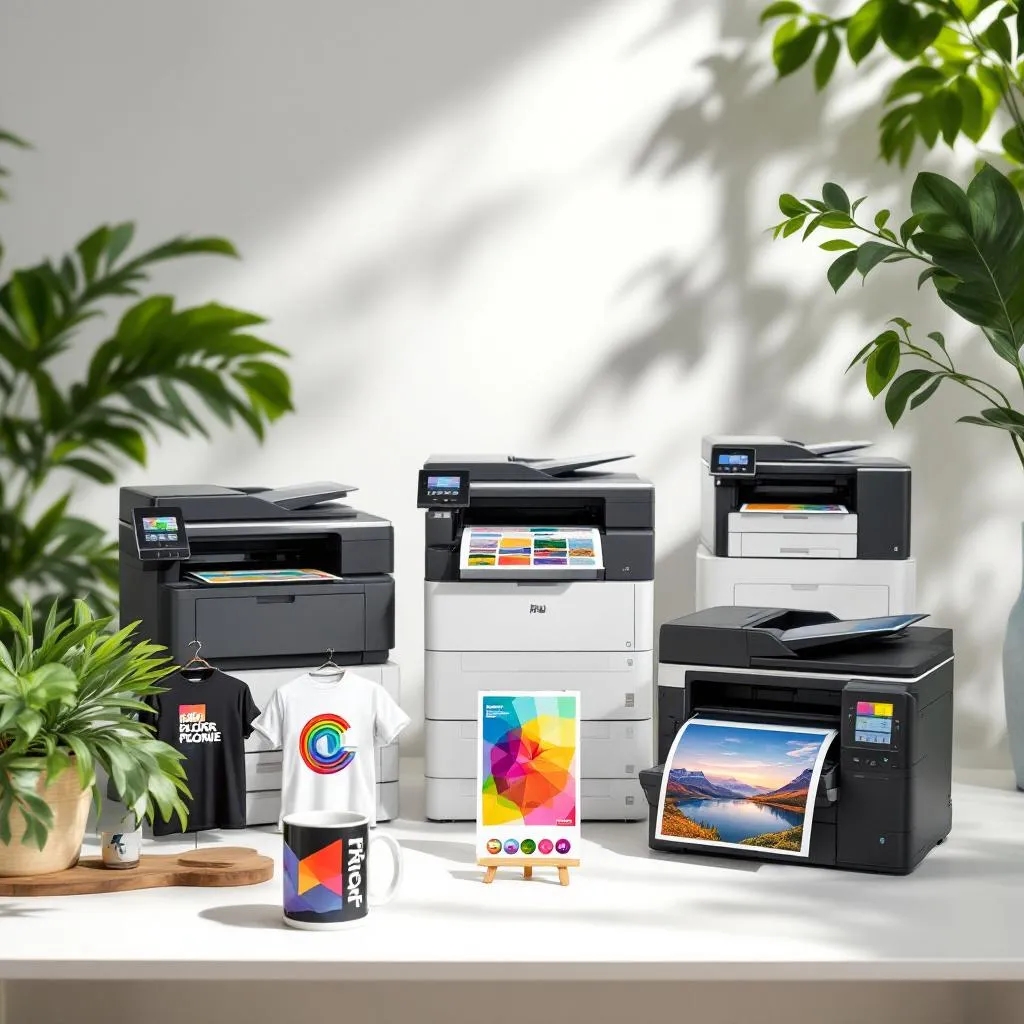Cover Stock vs Cardstock: Key Differences Explained
Introduction to Cover Stock and Cardstock
Begin with an overview of what cover stock and cardstock are, noting that these terms are often used interchangeably but represent different qualities and uses in the paper industry. Explain that cover stock is a premium paper known for its thickness and durability, making it ideal for covers, business cards, and other projects where a heavy, sturdy paper is beneficial. Cardstock, while also thick, is generally lighter than cover stock and offers greater flexibility in use, from craft projects to commercial printing.
Physical Properties: Weight and Thickness
In this section, dive deeper into the technical specifications of each paper type. Cover stock is usually defined by a higher basis weight and may also come with various finishes, such as glossy or matte. On the other hand, cardstock is typically measured in points, where one point equals one-thousandth of an inch in thickness. For instance, a 10-point cardstock is 0.01 inches thick. Discuss how these properties affect the paper’s handling during printing and its suitability for different types of projects.

Usability and Applications
Outline the typical uses of both types of paper, emphasizing the aesthetic and functional aspects that might guide a user’s choice. For cover stock, highlight its common use in business settings where a strong, impressive presentation is necessary, such as in report covers or high-end catalogs. For cardstock, mention its versatility in various printing needs, including greeting cards, flyers, and more decorative or craft-oriented projects. Provide examples of specific projects that might benefit from each type of paper.
Choosing the Right Paper for Your Project
Offer practical advice on selecting the right paper. Encourage readers to consider the project’s end use—whether it will need to withstand frequent handling, whether it requires high-quality print fidelity, or if it needs a particular texture or weight to convey the right impression. Suggest consulting with print professionals if in doubt, as they can provide recommendations based on the specifics of the printing process and the project’s requirements.

Conclusion: Choosing Between Cover Stock and Cardstock
So, understanding the differences between cover paper and cardstock is crucial for anyone involved in printing projects, crafts, or any other activity that requires paper with specific properties. Although both types of paper are thicker and stronger than standard printing paper, they serve different purposes and meet different needs.
Cover paper, with its heavier weight and the ability to apply various textures and finishes, is ideal for projects that require a robust and elegant presentation. It holds up well to stress and can enhance the look and feel of business reports, luxury invitations, book covers and other high-end printed materials. Its ability to support high-quality printing makes it the best choice for products where first impressions are important.
Cardboard, on the other hand, while also durable, offers more flexibility and is often used for a wider range of everyday applications. Its suitability for a wide variety of products, marketing materials and general printing tasks makes it a staple paper for both professional printers and DIY enthusiasts. It is especially appreciated for its cost-effectiveness and excellent performance in a wide range of color printing methods.
We hope that the recommendations from Triboro Printing will help you make the right choice




